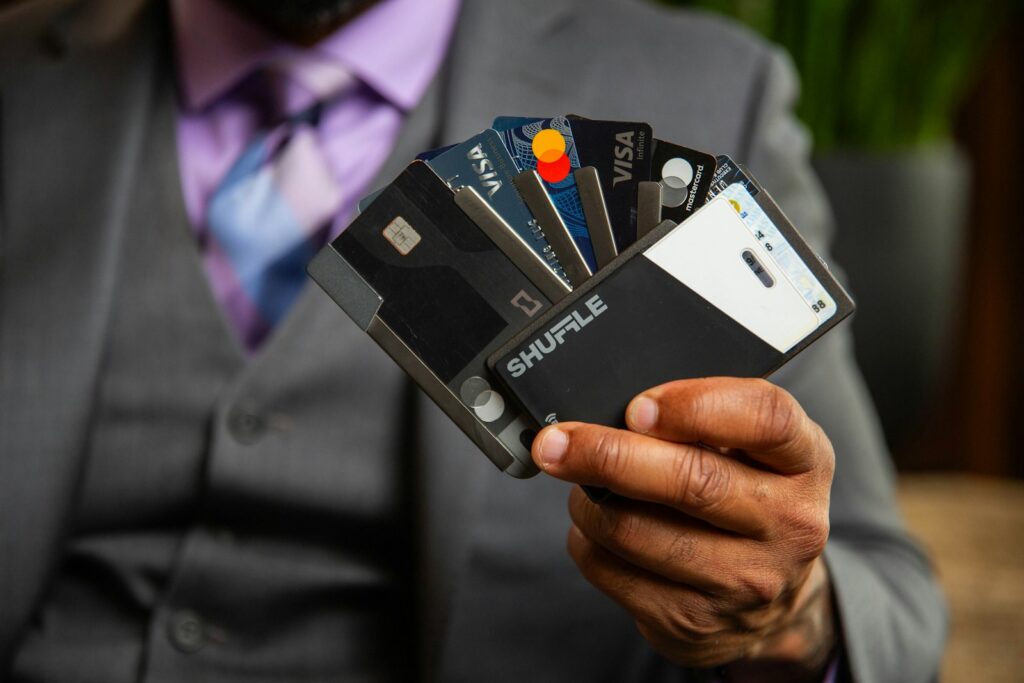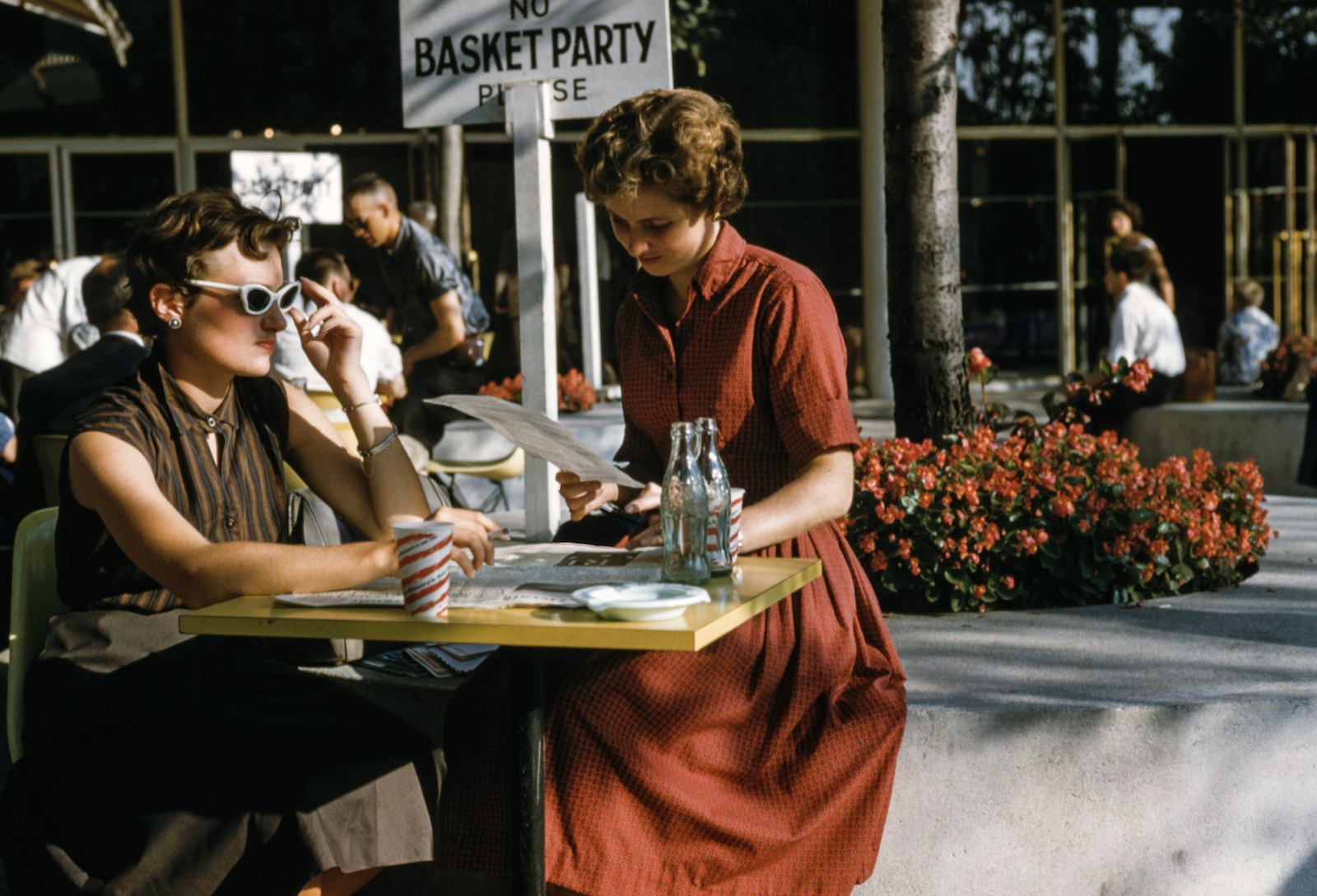
Traveling, whether for leisure or business, is an inherently liberating and enriching experience. It opens us up to new cultures, breathtaking landscapes, and unforgettable memories. Yet, this wonderful sense of immersion can also make us vulnerable, especially to opportunistic pickpockets who see tourists as easy targets. The reality is, thievery is rampant around the world, possible in any big city and many countries, and letting your guard down, even for a moment, can lead to a harrowing experience.
We’ve all heard the stories, or perhaps even experienced them firsthand: phones snatched in broad daylight, wallets disappearing from seemingly secure pockets, or bags vanishing from under our noses. Indeed, for every million visitors to some of Europe’s most famed cities, hundreds have their items pilfered. These incidents, while not always violent, can significantly impact your trip, leaving you stranded without funds, identification, or precious memories stored on your devices. But here’s the good news: you don’t have to travel fearfully. You just need to travel carefully, equipped with practical, actionable strategies to foil potential thieves.
This comprehensive guide is born from years of real-world travel experiences and tested tactics that have helped seasoned travelers stay clear of theft and pickpockets around the world. We’ll delve into a series of surefire ways to protect your valuables, enhance your awareness, and empower you to enjoy your journey with peace of mind. By implementing these smart “hacks,” you’ll significantly lower your chances of becoming a victim, ensuring your focus remains on the joy of exploration, not the anxiety of loss. Let’s dive in and transform your travel safety game.

1. **Invest in Theft-Proof Clothing**One of the easiest and most effective things you can do to prevent your phone or wallet from being stolen is to integrate theft-proof clothing into your travel wardrobe. These garments, often featuring zippered pockets, are a first line of defense. Many travel brands prioritize pants, shorts, and even dresses with these secure closures, specifically because of their anti-theft capabilities.
The genius often lies in their discreet design. For instance, brands like Aviator travel jeans and Bluffworks shorts or pants feature zipper pockets cleverly hidden behind larger rear pockets or integrated into a leg seam. This subtle engineering means your valuables are secure without attracting attention. Even tops, like Bluffworks’ cowl neck, incorporate zipper pockets sewn into side seams, making them ideal for travel.
This approach aligns with the “dress down” philosophy: glamorous clothing or prominent brand labels like Columbia and North Face can inadvertently identify you as a tourist and an attractive target. By choosing comfortable, stylish, yet discreet anti-theft pieces, you blend in and present an uninviting profile to pickpockets, ensuring your valuables are protected without making you stand out.
Read more about: Unlock Your Ultimate Style: 14 Must-Have Accessories for Women Over 50 to Add Instant Polish and Class

2. **Embrace the Modern Fanny Pack or Belt Bag**The fanny pack, or waist pack, has made a strong comeback, not just as a fashion trend, but as a robust tool for travel security. Many travelers rediscovered their utility for stowing essentials like passports and wallets, especially when flying alone. These bags are highly recommended for keeping your valuables close and visible.
Their effectiveness stems primarily from their design. All fanny packs and belt bags come with zippers, some quite solid, which serve as your primary defense. A zippered closure is significantly harder to open discreetly than clasps, clips, or flaps, which “pickpockets love to go after” because they are “easy to speedily unbuckle.” This simple feature forces a thief to take more time and effort, increasing their risk of being noticed.
Crucially, wear the zippered side of the waist bag securely positioned around your front. This ensures its contents are always totally in view, whether you’re navigating a crowded metro or a busy street. Even oversized fanny packs, like the Canvelle, offer this constant visibility for larger items. This direct, constant oversight, combined with the secure closure, creates a formidable barrier against pickpockets.
Read more about: Unlock Your Ultimate Style: 14 Must-Have Accessories for Women Over 50 to Add Instant Polish and Class
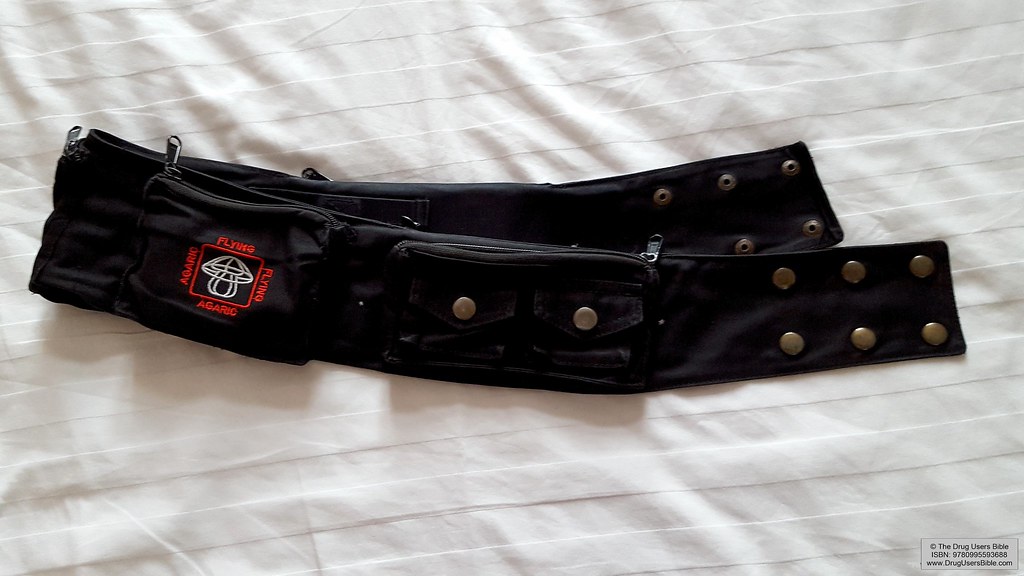
3. **Utilize a Hidden Money Belt**For many experienced travelers, a money belt is the ultimate secret weapon against pickpocketing, offering unparalleled stealth. Unlike a fanny pack, the golden rule for a money belt is to wear it *under your clothing*, making its presence completely incognito. This ensures your credit cards, passport, money, and keys remain hidden from prying eyes.
It’s critical to avoid wearing a money belt around your neck. Thieves are fast and could use scissors or a knife to “snap it off you from behind.” The true power of a money belt lies in its hidden nature, snug against your body, beneath your shirt or pants. This makes it virtually impossible for a pickpocket to access without your immediate awareness.
While traditional money belts are excellent, versatile alternatives exist, like the SPIBelt or FlipBelt. These low-profile bands are worn snugly around your waist and can even double as running belts. The FlipBelt is notably tamper-proof due to its solid band design, allowing items to face inward, while the SPIBelt can also be easily worn under clothing for superior concealment.
Read more about: Wallet Beware: 10 Cars Owners Say Become Major Money Pits After the Initial Thrill
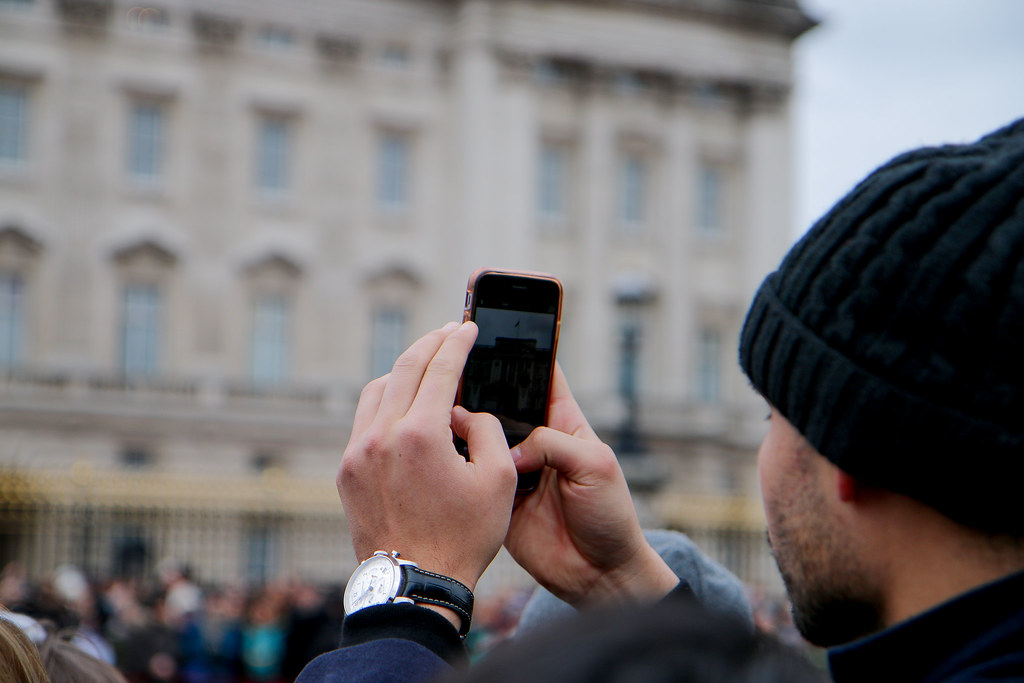
4. **Master Street Smarts with Your Phone**Our phones are indispensable for travel, but this reliance makes them prime targets. Mastering phone street smarts means adopting habits that minimize visibility and accessibility to pickpockets. A crucial rule: never stand on a street corner with your phone out, especially for navigation.
This posture makes you an easy mark. Thieves can “simply walk past you (or drive by on a motorcycle), snatch your phone and move on.” It’s a common scenario, especially for tourists engrossed in their devices or waiting for ride-sharing apps, appearing oblivious to their surroundings.
Instead, adopt a cautious approach. If you need directions, lean against a wall outside a store, quickly calculate your next few turns, then put your phone away. Repeat this intermittently to minimize screen time. When waiting for a ride, hold your phone with two hands, or better yet, put it away entirely and remain alert.
Furthermore, avoid walking down the street while texting or on a call. The gap between having your phone and having it snatched from your hand is “very slim.” In high-risk areas, this display of distraction is an open invitation. Being street smart means keeping your phone secure and your attention focused on your environment.

5. **Distribute Your Valuables Wisely**A fundamental strategy to mitigate loss is never keeping all your valuables in one spot. Splitting important belongings across different bags is a winning way to avoid losing everything at once if you’re targeted. This applies not just to cash, but credit cards, debit cards, passports, and keys.
Consider the “big three”: phone, wallet, and keys. Instead of one spot, strategize their placement. Keys in a zippered pocket, wallet in a fanny pack worn on your front, and phone in an inside jacket pocket or hidden money belt. This creates multiple security layers, ensuring a single compromise doesn’t mean total loss.
This principle is crucial for money, too. While cashless payments are common, carrying some cash is necessary where only bills are accepted. However, never carry all your cash or cards in one spot. “We tell our clients to divide their credit cards and cash into separate pouches or hiding places,” ensuring you’re “not stranded without access to any funds.”
When heading out for the day, bring only one debit card, one credit card, and some cash – not all of it. Your backup cards and remaining cash should be secured in your hotel safe or luggage. This proactive step transforms a potential disaster into a manageable inconvenience, keeping your trip on track.

6. **Rethink Your Pocket Strategy**A common mistake among tourists, keenly observed by pickpockets, is keeping valuables like iPhones in back pockets. Experiences in places like Medellin, Colombia, show thieves specifically target these because they’re easily accessible and out of sight, then sell them on the black market.
To combat this, the directive is simple: keep your phone literally anywhere else! This includes your bra, a money belt under your shirt, an inside jacket pocket, or a sling bag across your front. For those like Dan who walk with hands in pockets when zippered options aren’t available, this offers some defense. The key is removing your phone from that vulnerable back pocket.
If you’re not using money belts or sling bags, and your clothes lack zippered pockets, always keep valuables in your *front pockets*. This provides at least some visibility and allows you to feel any attempted access. A pickpocket approaching from behind for a back pocket has an unobserved path; front pockets offer a crucial layer of awareness.
Read more about: Mechanic’s Blueprint: 7 Expert Strategies to Smoothly Navigate and Avoid Traffic Jams
7. **Guard Against Digital Skimming with RFID Blocking Wallets**Beyond physical theft, a modern threat operates from a distance: digital skimming. If your credit cards or ID cards use RFID technology, your information could be picked up wirelessly by an RFID scanner. This means a thief could “pickpocket” you from afar without physical contact.
The good news: protecting yourself is remarkably easy. The most straightforward solution is an RFID blocking wallet. These wallets are designed with a material lining that blocks radio waves, preventing unauthorized scanners from reading your card data. Brands like the Ridge Wallet are effective, and “really any RFID blocking wallet will do.”
While card skimming may not be widely experienced, it’s a legitimate and growing threat. In a digital world, securing your financial footprint is as crucial as securing physical cash. An RFID blocking wallet provides this essential defense, ensuring your financial information stays safe and private, even in crowded or high-risk areas.
Now that we’ve covered the essential gear and foundational habits to secure your belongings, let’s pivot to advanced defensive strategies. This section dives into honing your situational awareness and implementing smart tactics to outmaneuver pickpockets in real-world scenarios. It’s about becoming a savvy traveler who not only protects their valuables physically but also understands and anticipates the environments and behaviors that attract unwanted attention. By integrating these actionable insights, you’ll elevate your travel safety game, allowing you to immerse yourself fully in your adventures without the nagging worry of theft.
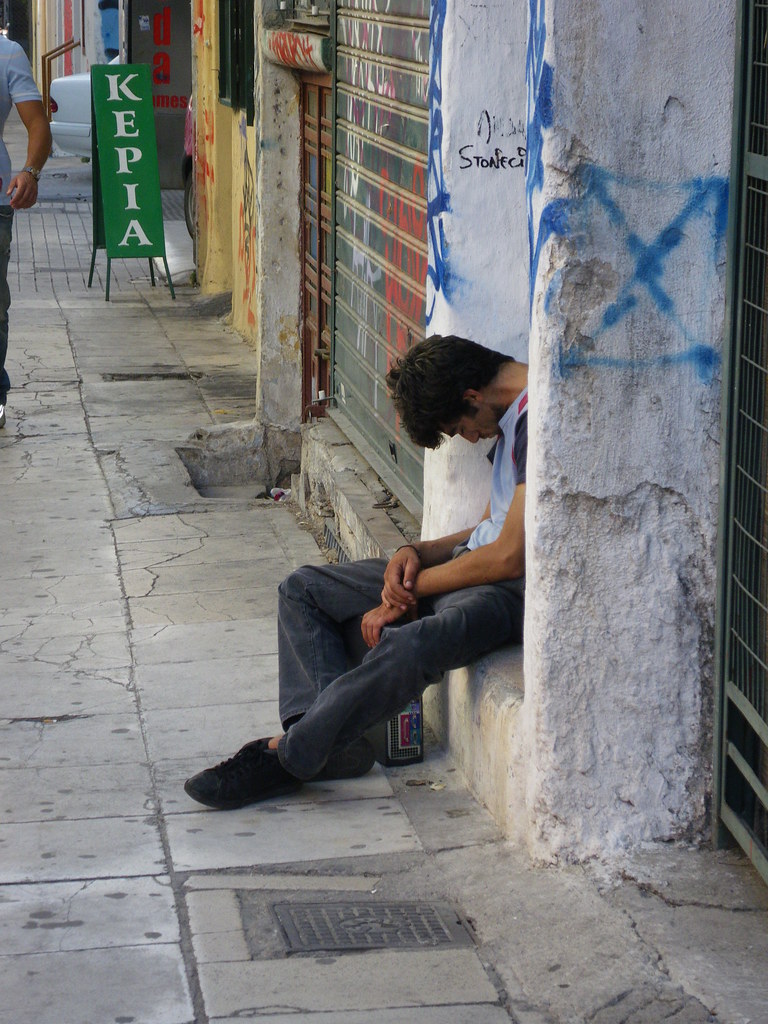
8. **Be Savvy About High-Risk Locations**Understanding where pickpockets operate is half the battle. Many cities have notorious areas, often bustling tourist hotspots, that are prime hunting grounds for thieves. Places like La Rambla in Barcelona, as noted in various travel accounts, are infamous for tourists getting pickpocketed. These locations are magnets because they offer a dense concentration of distracted targets—visitors engrossed in sights, shopping, or entertainment, making them easy marks.
Thieves thrive on crowds and distraction, making tourist-heavy zones incredibly attractive. While these famous locales are often on every traveler’s itinerary, it’s crucial to approach them with heightened awareness. The sheer volume of people provides ample cover for pickpockets to operate unnoticed, swiftly taking advantage of any lapse in vigilance. Your goal isn’t necessarily to avoid these places entirely, but to navigate them with a tactical mindset.
To significantly reduce your risk, consider skipping overly crowded tourist traps in favor of exploring local neighborhoods. Not only does this often lead to more authentic experiences, but it also places you in environments where you might stand out less and where pickpockets are less likely to concentrate their efforts. Locals in these areas are often less distracted and more observant, creating a less favorable landscape for opportunistic theft.
If you’re unsure which areas to approach with extra caution, simply ask! Your hotel, hostel, or Airbnb host is a valuable local resource. They can provide insights into current hotspots for pickpockets and offer advice on places to watch out for. This proactive step can equip you with vital knowledge, helping you steer clear of known trouble spots and avoid becoming another statistic.

9. **Recognize Common Scams**Beyond direct pickpocketing, travelers often fall victim to elaborate scams designed to distract and disorient. These aren’t just petty thefts; they’re often orchestrated by teams of individuals who use misdirection to access your valuables. Personal experiences, like being scammed in Cartagena, Colombia, highlight the importance of understanding these tactics to avoid costly and frustrating encounters.
One common global pickpocket scam involves seemingly innocent children. They might approach you, often in groups, offering to sell you small trinkets or simply asking for money. While one child engages you, others, often unseen, are busy reaching into your bag or pockets. It’s a heartbreakingly effective tactic that preys on travelers’ empathy and distracts them from their belongings.
Another widely reported scam is the “mustard scam” or “bird poop scam.” Here, a team of pickpockets will spray you with a liquid—be it mustard, a drink, or something mimicking bird droppings. Immediately, another member of the team will rush forward, feigning concern and offering to help clean you up. While you’re flustered and focused on the mess, their accomplice is skillfully pilfering your back pockets or backpack.
The core lesson here is eternal vigilance. Scams on visitors do not discriminate; even the most seasoned travelers can be fooled if they let their guard down. Always be suspicious of unexpected physical contact or sudden commotions. Keeping your head up, your eyes wide, and being aware of who is around you can be your best defense against these cunning ploys.
Read more about: Your Definitive, Step-by-Step Guide to Buying a Used Car: Avoid Pitfalls and Drive Away with Confidence
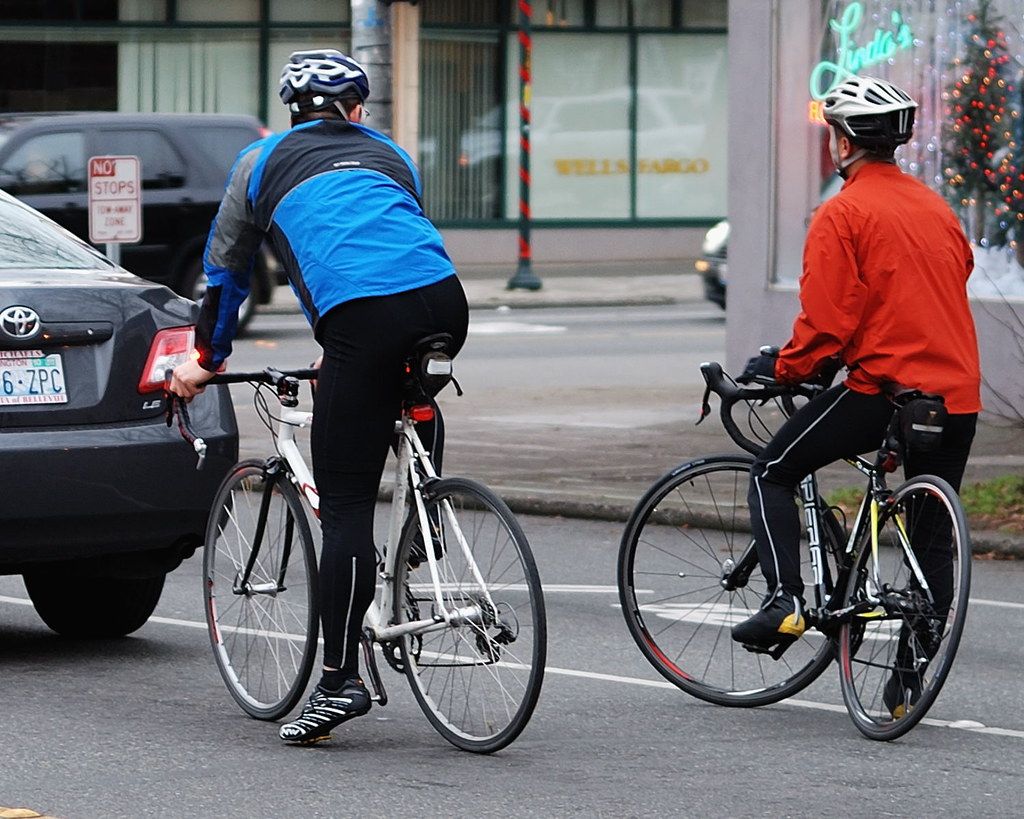
10. **Always Travel with a Companion**One of the simplest yet most effective deterrents against pickpocketing, especially when exploring at night, is to avoid traveling alone. Being part of a duo or a group significantly alters your vulnerability profile. As seen with friends in Medellin who became targets while walking alone at night, isolation can inadvertently make you appear more helpless to potential thieves.
Pickpockets often work in teams, and a lone traveler presents a much easier, less risky target. A group offers mutual protection; there are more eyes to observe surroundings, and an added layer of psychological deterrence. Thieves prefer quick, low-confrontation snatches, and the presence of multiple people increases their risk of being noticed or challenged.
This safety rule is particularly crucial for solo travelers. While the allure of independent exploration is strong, exercising caution by joining groups for nighttime excursions or simply walking with a buddy significantly reduces your exposure. A united front, even if just two people, makes you a less appealing mark than someone navigating a deserted street by themselves.
Ultimately, having a companion provides an immediate support system and extra sets of eyes and ears. It creates a dynamic where awareness is shared, making it much harder for pickpockets to operate with the stealth and speed they rely on. This collective vigilance can be the difference between a safe stroll and a harrowing encounter.
Read more about: Ditch the Drama: Your Guide to 12 Bikini Blunders and How to Slay Your Summer Style

11. **Maintain Vigilance Over Your Bags**In the blink of an eye, a bag can vanish. This isn’t an exaggeration; stories from seasoned travelers underscore just how quickly opportunistic theft occurs when attention drifts. A friend’s experience at a Mexico City cafe, where her backpack containing a laptop, wallet, and AirPods disappeared in a matter of seconds while she paid her bill, serves as a stark reminder.
The thief in that incident simply ran over, grabbed the bag, and slid away, getting on a motorcycle to resell the items immediately. This swift, brazen act highlights the critical lesson: never, under any circumstances, let your guard down. Your bag, whether a backpack, purse, or daypack, needs to be physically connected to you or secured in a way that prevents a quick grab.
While technology like AirTags can help track stolen items, the primary goal is prevention. When sitting down, whether at a cafe, restaurant, or even on public transport, make it a habit to secure your bag. This means wrapping a strap around your leg, an arm, or even a chair leg. The slightest obstacle can deter a thief looking for the easiest target.
Even in seemingly relaxed environments like a restaurant, where you might feel more secure, vigilance remains paramount. Never place your purse or bag on the floor next to your chair, or on an adjacent seat. Instead, keep it on your lap or, if absolutely necessary, wrapped around a chair leg. This constant physical contact or secure attachment makes it virtually impossible for someone to snatch it without your immediate awareness.
Read more about: An Outdoor Survival Master’s Secret Toolkit: Unpacking the 11 Essential Wilderness Lifelines

12. **Optimize Backpack Security**For many travelers, backpacks are indispensable, carrying everything from daily essentials to valuable electronics. Yet, their very design—often worn on the back, out of sight—can make them vulnerable. It’s a common oversight to leave zippers unzipped or bags loosely packed, essentially presenting an open invitation to pickpockets.
The first, most fundamental rule for backpack security is to keep all zippers fully closed. An open bag is an obvious target, allowing easy access for a thief. For an added layer of defense, especially if you’re carrying valuable items like a laptop or camera, consider using theft-proof locks on your zippers. While these locks may be easy to cut with the right tool, they serve as a powerful deterrent. Thieves typically seek the path of least resistance and will likely move on to an easier, unlocked target.
Beyond simply zipping up, strategic packing within your backpack can offer an extra safeguard. Position your most valuable items—like your passport, extra cash, or primary credit cards—in deeper, interior pockets. If those aren’t available, ensure they are placed at the very bottom of your bag, buried under less crucial items. This makes them significantly harder for a pickpocket to access quickly, buying you precious time to notice any attempted theft.
These theft-proof locks are not just for flying; they are invaluable when navigating crowded markets, bustling streets, or “dodgy neighborhoods,” as well as during mass transit journeys like buses or trains, especially night buses in regions like South America or Southeast Asia. By implementing these simple yet effective measures, you create multiple layers of protection, making your backpack a much less attractive target for opportunistic thieves.
Read more about: An Outdoor Survival Master’s Secret Toolkit: Unpacking the 11 Essential Wilderness Lifelines

13. **Employ a Dummy Wallet**This ingenious tactic, championed by experienced travelers, offers a unique line of defense if you find yourself in the terrifying situation of being directly confronted by pickpockets or muggers. The concept of a dummy wallet is simple yet highly effective: carry a secondary, cheap wallet specifically designed to be handed over in a pinch.
A dummy wallet should contain only the equivalent of a few dollars in local currency and no important cards. It’s purpose is to satisfy an aggressor who demands your wallet, acting as a “first line of defense.” By presenting this decoy, you hope they will be content with their minimal score and let you go, leaving your real valuables safe and sound.
To make it more convincing, you can fill your dummy wallet with a few expired credit cards or gift cards that have no money left on them. The visual of a seemingly full wallet can be enough to fool a thief into believing they’ve scored a significant prize. The goal is to make the exchange as quick and uneventful as possible, prioritizing your safety and the security of your essential items.
Your actual wallet, containing your primary credit cards, identification, and the bulk of your cash, should be secured either in your hotel room safe or, even better, tucked away in a hidden money belt worn discreetly under your clothing. This separation ensures that even in the worst-case scenario, you’re not left stranded without access to funds or vital identification, allowing you to recover and continue your trip with minimal disruption.

14. **Practice Discretion and Awareness**Beyond specific gear and tactics, your overall behavior and level of awareness are paramount in deterring pickpockets. Blending in and not visibly advertising your wealth or distraction makes you a far less appealing target. This means being mindful of how you present yourself and interact with your environment at all times.
A prime example is your phone usage. Walking down a busy street while engrossed in texting or a phone call is an open invitation for a snatch-and-grab. The line between having your phone in your hand one moment and having it taken the next is “very slim.” Similarly, the habit of placing your phone on a cafe table, as we often do at home, is incredibly risky abroad. A moment of people-watching or turning your head can result in your phone vanishing. Keep your phone in a secure pocket or bag, and only pull it out for quick, necessary checks.
Another crucial aspect of discretion involves managing your cash and cards. While it’s wise to carry some local currency, never walk around with all of your cash or all your credit cards in a single spot. “We tell our clients to divide their credit cards and cash into separate pouches or hiding places.” When heading out for the day, take only one debit card, one credit card, and a minimal amount of cash, leaving the rest securely stored in your hotel. This strategy, exemplified by travelers stashing minimal funds in bras in high-crime areas, significantly mitigates loss if you are targeted.
Your body language also speaks volumes to pickpockets. Avoid the “phantom touch”—repeatedly patting your pockets to check for your phone or wallet. This alerts thieves to precisely where your valuables are. Instead, if you feel someone eyeing you, remain confident, cover your pockets with your hands, and keep your bag on your front side. This projects an image of awareness and readiness, often enough to make a pickpocket look for an easier target.
Finally, leverage your clothing for discreet storage, even if it’s not explicitly “theft-proof.” Many blazers and jackets feature interior pockets, some with zippers, which are significantly safer than exterior pockets. Utilizing these hidden compartments for cards, cash, or keys keeps them out of sight and harder to access for opportunistic thieves, reinforcing your overall strategy of discretion.
Read more about: Unveiling the Powerhouse: Exploring the Foundational Strengths Behind America’s Advanced Naval Capabilities
Navigating the world safely doesn’t mean sacrificing the joy of discovery; it simply means embracing smart, actionable strategies that empower you. From choosing the right gear to mastering your presence in bustling environments, every tip outlined in this guide is designed to transform you from a potential target into a confident, unyielding traveler. The world is waiting to be explored, and with these proven “hacks,” you can step out with peace of mind, knowing you’re well-equipped to foil any attempt to disrupt your journey. Keep your wits about you, stay aware, and most importantly, enjoy every moment of your adventure. The best defense is a prepared and informed traveler. This journey is yours to own, securely and splendidly.

